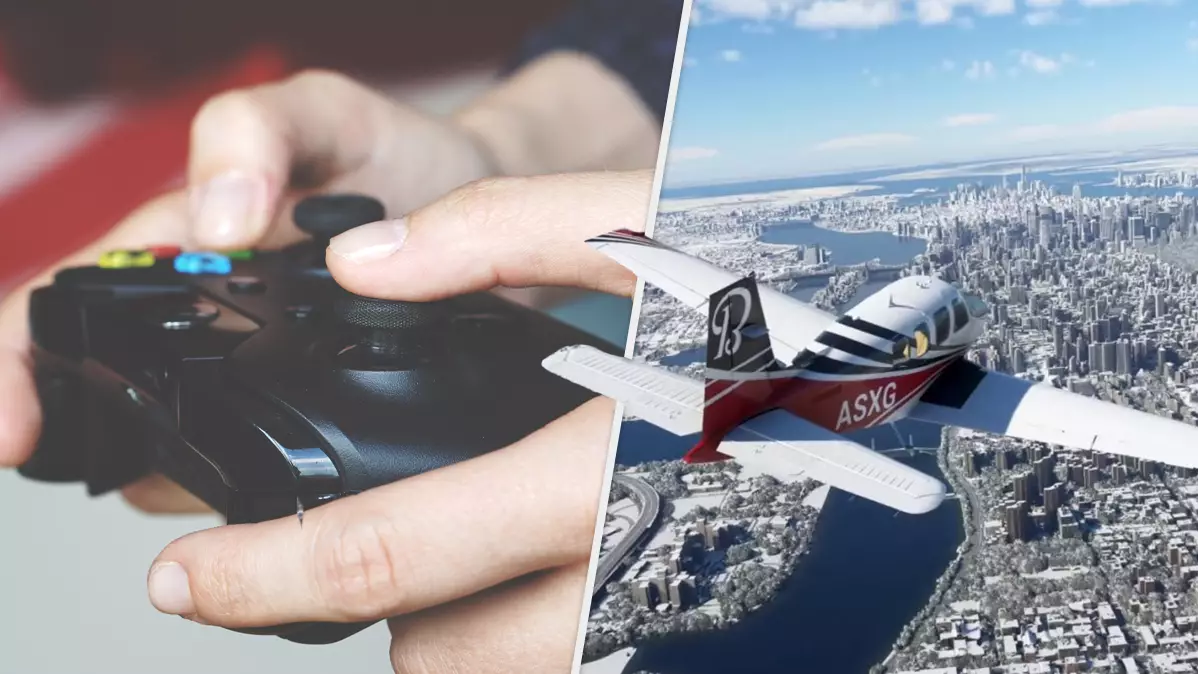
A group of scientists are undertaking a study to investigate why some gamers use inverted controls, and some opt for the default controls, and what it means for human visualisation and perception.
If this is all Greek to you, let me ensure everyone's on the same page. Inverted controls are specific to controllers, joysticks, and flight sticks; essentially, anything with a stick which controls the camera in the game. If you choose inverted controls, then when you push the stick upwards (or away from you), the camera in the game moves downwards. When you push the stick downwards (or towards you), then the angle swings upwards. Another way to think about it is that when you look at the ceiling, your head technically tilts towards the floor. And, vice versa. Try it out.
Helmed by a team at Brunel University London, the project was actually inspired by an article from The Guardian, asking why people prefer playing games with the Y-axis, and so causing a hullabaloo. One of the scientists interviewed in that article, Dr Jennifer Corbett, couldn't resist diving feet first into the passionate debates over inverted controls. She and her colleague Dr Jaap Munneke specialise in vision science and cognitive neuroscience, and aim to enlist volunteer gamers aged between 18 and 35 to take part in remote behavioural and psychophysical experiments.
Advert

"Although it's not per se a topic we'd study in our lab, we'd had to pause regular EEG and eye-tracking experiments due to Covid and shift to online experiments," said Corbett to The Guardian. "This was the perfect opportunity to pursue such a question, especially given how much this has excited the hardcore gamers in our lab." The tasks will require gamers to mentally rotate shapes quickly and accurately, and discern the extent to which they use either bodily or contextual information when completing these spatial judgments.
"For example, it may be the case that the extent to which a person relies on visual versus bodily context has a huge influence on whether or not they choose to invert the Y axis on their gaming consoles," she continued. Naturally, the results of the study won't only be used to bridge the gap between inverted controls camp and the default controls camp. "There's a gaping hole in our knowledge regarding how our visual perception is heavily dependent on the rest of this vast majority of sensory information. Being able to predict how a person will interact within a given environment or context can bring about monumental advancements in technology."
Ergo, the conclusions of the study might even help humans "double-check for easily missed information in everything from VR gaming to safety-critical tasks like detecting weapons in baggage scans or tumours in X-rays." Cool, isn't it?
Featured Image Credit: Anton Porsche from Pexels, Asobo StudioTopics: News